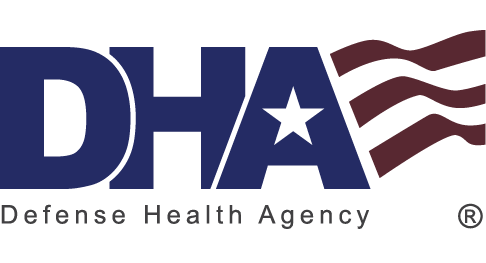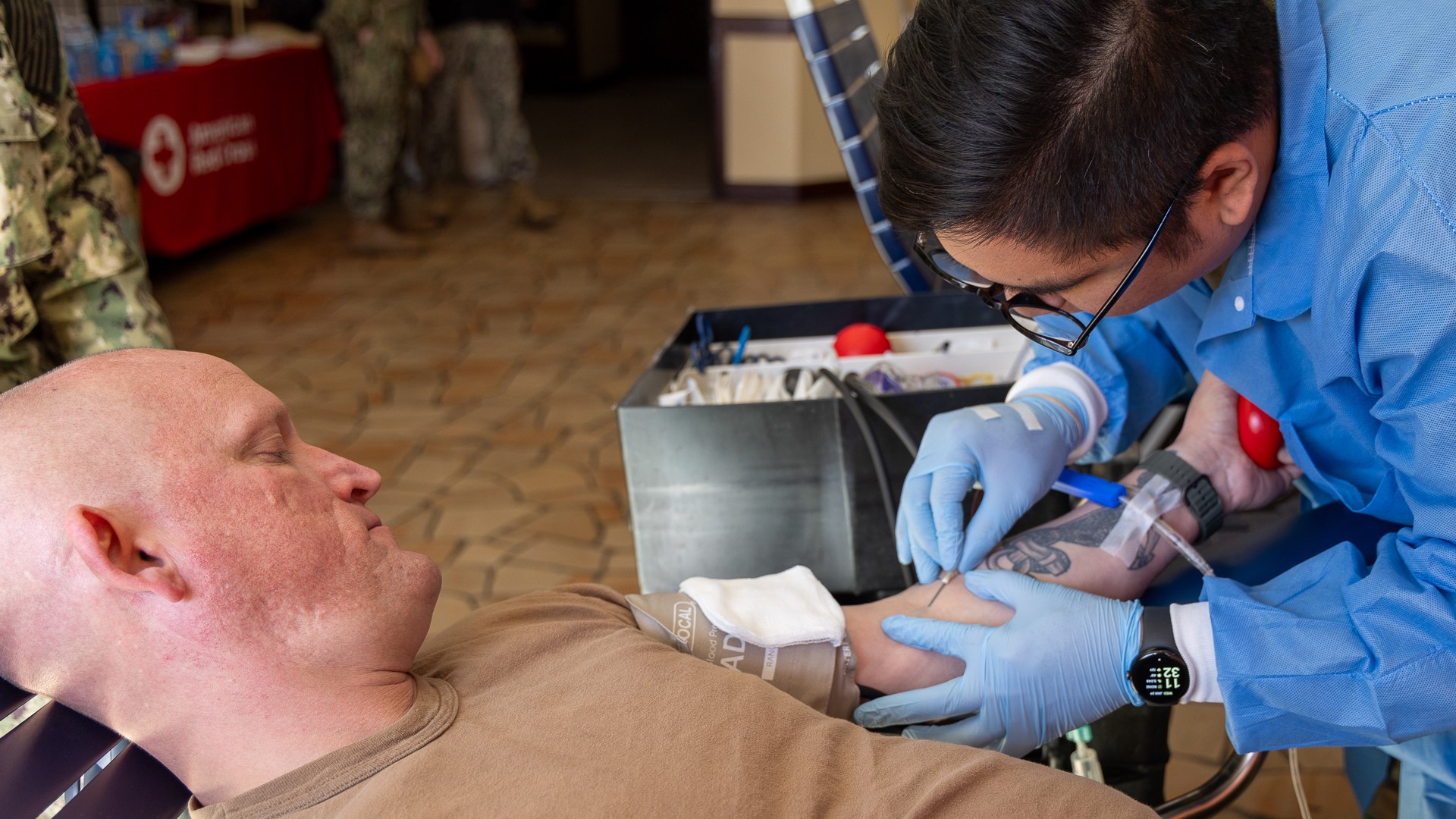Feb. 13, 2025 | By Isaac Savitz
CAMP FOSTER, Okinawa – Staff from the U.S. Naval Hospital Okinawa Emergency Department here are training the new emergency medical technicians, who will provide lifesaving critical care to those in need.
Okinawa is a small island, just 70 miles in length. It’s seven miles wide at its widest and only two miles wide at its narrowest. Ninety-five percent of the island’s population lives in the middle of the island. The streets aren’t wide enough for two cars to pass.
These factors make Okinawa one of the most densely populated non-metropolitan areas in the world. This makes it a daily challenge for the EMTs who provide emergency first responder care to six Navy branch clinics and the transfer of patients from the hospital.
It can take up to two hours to travel to the hospital from the northernmost branch clinics. The narrow streets in the densely populated area have and average speed limit of just 19 miles per hour. The gravity of that kicks in when a sailor could be the sole provider riding in the back of an ambulance, with a patient suffering grievous injuries.
U.S. Navy Cmdr. Pete Nyilas, the hospital’s medical services director, explained the importance of the hospital providing EMT training to corpsmen and the incredible responsibility shouldered by these often very young sailors.
“The EMT course is rigorous and tests our corpsmen to the top of their training,” Nyilas said. ”This course and opportunity are unique to Okinawa, because stateside emergency transport is done by civilian ambulances and emergency responders, not by the medical treatment facility personnel.”
The hospital conducts constant training to ensure enough EMTs are trained. There’s a refresher course in March, followed by another class between April and May. This battle rhythm is needed to keep a roster of trained EMTs, to reduce burnout, accommodate time off, and manage constant permanent change of station moves. The goal is to have at least two EMTs per ambulance rig and enough to cover their 24-hour on-call duty.
After finishing the tough course, students must take and pass the Nationally Recognized Emergency Medical Transport test to become certified. The certification is good for two years. The refresher course, given every three months, helps keep the EMTs’ certifications current.
Time is often tight because students are often first-tour young Sailors on two-year unaccompanied orders. It can take almost a year to attend and pass the course and required testing before making it onto the EMT duty roster. By that time, sailors are almost halfway through their tour. The course has a pass rate of about 70%, and some sailors find out they’re unsuited for this type of work.
Senior Chief Petty Officer Rachel Kerner, the medical services directorate’s senior enlisted leader, said the newly trained EMTs have an important role on the island.
“The importance of having well-trained, well-prepared EMTs stationed strategically around the island means a couple of minutes, and those can be crucial to a positive outcome for our patients,” Kerner said.
Kerner said the chance to serve as an EMT isn’t just for corpsmen assigned to the hospital. EMTs are assigned to the dental battalion, in the laboratory, and in family medicine. They can help cover shifts to relieve other EMTs, while maintaining their own skills.
Kerner also stressed the unique opportunity to serve as EMTs while overseas. When she asks EMTs before they PCS how they liked the duty being an EMT, they usually say something very similar. “The hours were brutal, and the traumas were tough, but I would not have wanted to do anything else while I was here!”

Hospital Corpsman 3rd Class Nessa Zazi is one of the course instructors. She performed her role as an instructor and evaluator with the confidence and poise of a well-seasoned veteran of the ambulance rig. She was testing a student, Hospital Corpsman 3rd Class Jason Veloz, who serves with the 3rd Marine Division. The two were conducting a scenario of a semi-responsive patient at a scene to which Veloz was called. It wasn’t lost on the two young corpsmen that they were preparing to be the sole provider to evaluate and prep a patient for emergency transport, when minutes really count.
Zazi provided feedback to Veloz after the role-playing exercise.
“You need to expedite your evaluation and initial contact with the hospital Emergency Department,” she said. ”Short, sweet, and to the point. If you are taking too long, you are holding up traffic!”
Zazi’s parting advice: “You just have to complete the reps and sets before you can gain more confidence.”
Lt. Cmdr. Amanda Studer, an emergency medicine physician, leads the Emergency Department in a modernization effort that affects the emergency care of all the hospital’s beneficiaries. Studer has worked tirelessly to make changes, including overseeing the EMT training program.
“These [EMTs] are our modern-day superheroes, who show up for you during some of the worst days of your lives,” she said.
Teamwork between Marine Corps Installation Pacific Command, the host nation, sister services, and USNHO has provided the resources to help maintain medical care for the residents on Okinawa. Beneficiaries can be confident that a new group of well-trained EMTs will soon be on the streets providing emergency medical care to those in need.
The U.S. Navy Medicine Readiness and Training Command Okinawa supports the Defense Health Agency's U.S. Naval Hospital, Okinawa as the largest OCONUS Navy Medicine medical treatment facility and stands at the ready to respond to contingency operations to support the Indo-Pacific Command region.





